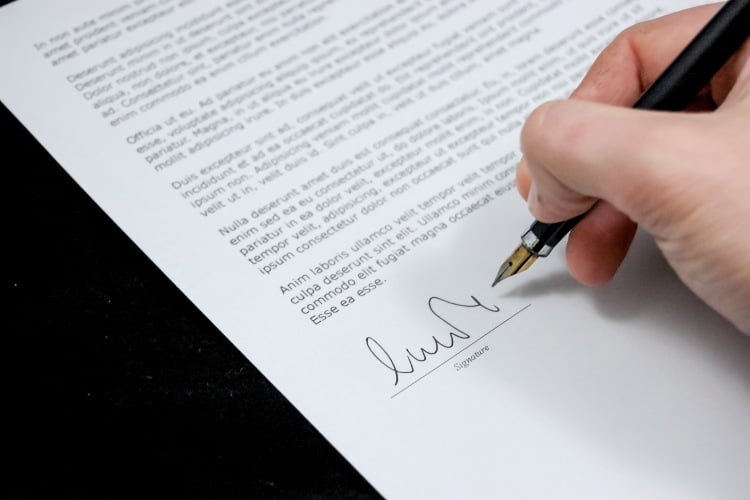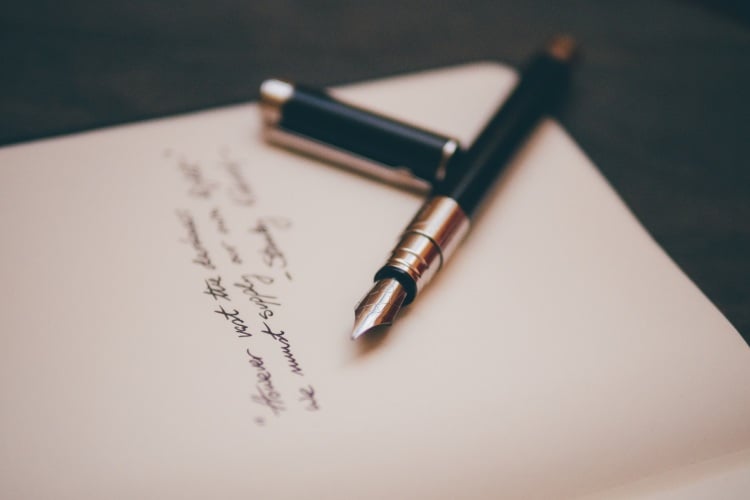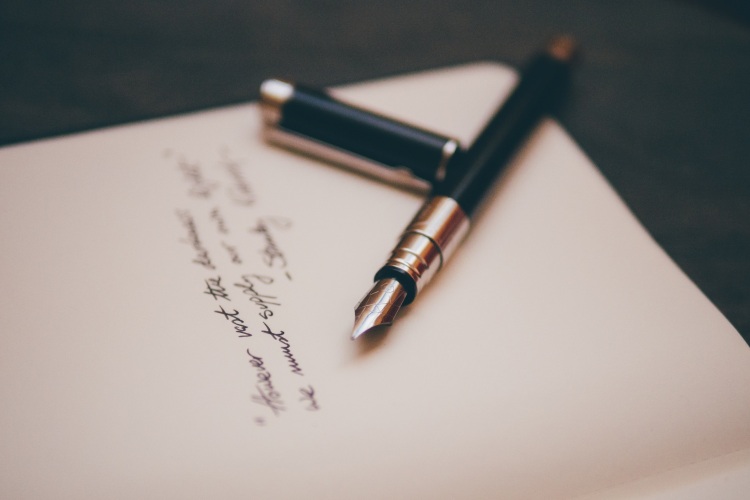As a non-profit organization, you probably work very hard to connect and build relationships with donors. After all, you would be unsuccessful without them. This is why receipt letters, or acknowledgement letters, are so important. Since they make significant contributions to your organization and its efforts, sending acknowledgement letters is a must. Not only is it just the polite thing to do when somebody helps you out, but it also serves to strengthen relationships. It shows your donors that you truly appreciate their efforts. This way, they are more likely to keep coming back to support you in the future.
If you’re unsure of how to construct a receipt letter, you’re not alone. It can be daunting, especially if you don’t know what to include. But not to worry, the answers are in this article. Below, we walk you through how to write the perfect acknowledgement letter.

There are two main types of acknowledgement letters. The first one is thank you messages, which are simple notes thanking people for their contributions or gifts. The second is gift acknowledgements, which are sent as either formal letters or emails. They also include relevant legal components such as IRS-mandated information.
If you have just started on the journey of your charity work, or you have only just started to take up donor management and communication, then you may be completely unfamiliar with the idea of a receipt letter.
There are two main types of acknowledgement letters. The first one is thank you messages, which are simple notes thanking people for their contributions or gifts. The second is gift acknowledgements, which are sent as either formal letters or emails. They also include relevant legal components such as IRS-mandated information.
These letters are useful to you in several ways - as you will see below. But, they are also important for legal reasons, like for donors to properly file tax returns.
There are several crucial pieces of information to add to your acknowledgement letters. We’ll go over all of them for you so that you don’t miss a thing!
First and foremost, you need to ensure that you send your emails from a proper email address. It should include a name, not just a code. This ensures that the message feels more personal and not automated.
Then, you need to put some thought into the subject line. It shouldn’t be boring or unfriendly, and, most importantly, should not come across as a template.
In the introduction of the acknowledgement letter or email, be sure to include the donor’s name. Do not say something impersonal like “Dear Sir/Madam”, or “Dear Friend”. This comes across as though you have not made the effort to learn your donors’ names.
Thereafter, your first sentence should capture the reader’s attention. Don’t make it dry and drab with something like “On behalf of..”.
When it comes to the tone and language, try to keep it friendly, sincere, and warm. Your receipt letter should come across as natural and authentic. When your communications feel real, the donors feel as though they are chatting to a real human, which makes them feel connected and seen.
As an additional touch here, it helps to make them feel needed by using language like “because of you, we were able to…”, or something like “we would not have been able to do this without you”. This shows your donors that they were able to make a difference and help contribute to a good cause.

Here is a list of other additions that are important to add to a receipt letter.
By adding all of this information, you can make sure that you cover all your bases, while at the same time maintaining the relationship between your nonprofit organization and your donors.
These letters are more important than you think they are. In fact, according to the ASU Lodestar Center for Philanthropy and Nonprofit Innovation, a 2003 survey showed that 92% of donors claimed that acknowledgement from the organization was critically important.
As such, an acknowledgement letter is a great tool for maintaining the relationship between your organization and the donor. Similarly, if it is a donor’s first time contributing, they are more likely to come back if they felt they were appreciated.
It also confirms to the donor that their gift has been received by the correct people, and makes it easier for the donor come tax season.
When it comes to these letters, you should really try to get it right. To keep things consistent, be sure to send out these letters for every single donation you receive.
Further, if you prefer to send physical letters, be sure to use a letterhead. But, if you’re sending an email, remember to add a PDF version of the letter so that the donor can include it in their tax return.

With this quick guide, you’ll be crafting expert acknowledgement letters in no time. Simply make sure that you’ve added all the important information, all the personal touches, and have used the correct language.
Your donors will appreciate the effort and it will launch your organization into greater success as you strengthen your donor relationships!

Adie M. is a skilled writer with a strong background in marketing. She is dedicated to creating compelling content for the nonprofit sector. She holds a Postgraduate Diploma in Management, specializing in Marketing, and a Bachelor's degree in Environmental and Geographical Science and Psychology from the University of Cape Town. With experience in digital marketing, Adie combines her technical expertise with a passion for impactful storytelling. She is committed to using her writing skills to support nonprofit organizations and drive positive change.
